Image of 1977 Pontiac Phoenix, Note: These illustrations use artistic license and may differ from actual historical models.
Performance Metrics
Fundamental Metrics
Emotional Appeal
MMP Rating
| Engine Specifications | |
|---|---|
| Engine: | 231 cu in (3.8 L) Buick V6, 305 cu in (5.0 L) Chevrolet V8 |
| Displacement: | 3.8L - 5.0L |
| Horsepower: | 110-145 hp |
| Torque: | 185-245 lb-ft |
| Compression Ratio: | 8.0:1 - 8.4:1 |
| Ignition System: | Electronic Ignition |
| Cooling System: | Liquid cooled |
| Performance Specifications | |
| 0-60 Time: | Estimated 10-12 seconds |
| 1/4 Mile Time: | Estimated 17-19 seconds |
| Top Speed: | 105-110 mph |
| Transmission and Drive | |
| Drive Type: | Rear-wheel drive |
| Transmission Type: | 3-speed automatic, 4-speed manual |
| Fuel and Efficiency | |
| Fuel System Type: | Carburetor |
| MPG: | Estimated 15-20 mpg |
| Dimensions and Brakes | |
| Brakes: | Front disc, rear drum |
| Wheelbase: | 108.1 inches |
| Weight: | 3,200-3,500 lbs |
Note: Specifications for classic cars are given to the best of our ability, considering the limited and variant data available.
1977 Pontiac Phoenix: A Forgotten Gem of the Late 70s
The year 1977 brought with it a fresh breeze in the automotive world, and riding that wave was the Pontiac Phoenix. This vehicle emerged from the stables of General Motors, bearing the name of a mythical bird reborn from its ashes, symbolizing a new era for compact cars. As an offshoot of the popular Chevrolet Nova, the Phoenix was Pontiac's answer to the growing demand for smaller, more fuel-efficient vehicles during a time when fuel prices were a significant concern.
What made the Phoenix stand out was not just its emblematic grille or its sharp body lines but also its role as a harbinger of change in an industry dominated by gas-guzzling giants. It was among the first to signal Pontiac's commitment to blending economy with performance, a philosophy that would resonate through their future models.
Design and Innovation: The Art of Compact Elegance
The exterior styling of the 1977 Pontiac Phoenix was both modern and modest. Its long hood and short deck proportions gave it a sporty profile, while the distinctive split grille and quad headlamps echoed Pontiac's performance heritage. Inside, passengers were greeted with a functional yet comfortable cabin. The use of quality materials varied across trim levels, but even base models offered a sense of durability and practicality.
For its era, the Phoenix boasted technological features such as optional power steering and brakes, air conditioning, and even an AM/FM stereo—a luxury at the time. Color options ranged from classic whites and blacks to more vibrant hues like Sundance Orange and Firethorn Red, with the latter being particularly popular among enthusiasts.
Body styles included two-door coupes and four-door sedans, but it was the coupe with its sleek lines that captured hearts. Options like vinyl roofs added a touch of personalization that appealed to a wide audience.
Historical Significance: More Than Just Another Compact Car
The 1977 Pontiac Phoenix may not have revolutionized automotive design or technology on its own, but it played an integral role in GM's strategy to offer more efficient vehicles without sacrificing brand identity. It stood out by providing a balance between economy and Pontiac's sporty image—a formula that would influence future models like the Grand Am and Sunbird.
Performance and Handling: A Surprising Turn of Pace
Underneath its hood lay various powertrain options, with engines ranging from an economical 2.5-liter four-cylinder to a more potent 5.0-liter V8. While top speeds were modest by today's standards, it was the car's acceleration that turned heads—especially when equipped with the V8 engine, which could propel it from 0-60 mph in under 10 seconds.
Handling was typical for compact cars of its time; it managed bumps adequately and held its own on winding roads. Driving a Phoenix meant enjoying a symphony of mechanical sounds unique to carbureted engines—a nostalgic experience for many classic car enthusiasts.
Ownership Experience: Versatility on Wheels
The Phoenix served multiple purposes—it was as much at home being used as a daily driver as it was on show car circuits or even local drag strips. Its reliability was commendable for the period, with maintenance being straightforward enough for DIY enthusiasts to handle most repairs themselves.
Fun Facts: The Phoenix's Unique Legacy
While not as famous as some of its muscle car cousins, the '77 Phoenix had its share of quirks. For instance, some units featured T-tops—a rare option for compact cars then. Although not known for breaking records or celebrity ownerships en masse, this model did have moments in pop culture spotlight including brief appearances in films and television shows.
Collector's Information: A Rising Interest in Retro Rides
Today, finding a 1977 Pontiac Phoenix can be somewhat challenging; production numbers were substantial but not overly abundant. Estimates suggest that tens of thousands were produced across all body styles and trims. As for value, well-preserved examples can fetch anywhere from $5,000 to $15,000 depending on condition, originality, and options—with rare configurations commanding higher prices.
Price trends indicate an appreciation for this model among collectors who value 70s nostalgia and seek something less common than your typical Camaro or Mustang.
Conclusion: The Enduring Appeal of the 1977 Pontiac Phoenix
In retrospect, the 1977 Pontiac Phoenix stands as an emblematic figure at the crossroads of change within General Motors' lineup—a testament to an era when efficiency began to take precedence without sacrificing style or driving enjoyment. Its legacy may be overshadowed by flashier models from Pontiac's past, but for those who appreciate understated charm and versatility in their classic cars, the Phoenix is indeed worth remembering.
1977 Pontiac Phoenix Catalog of Parts
 1977 Pontiac Phoenix Shock Absorber Grommet. 1" bottom O.D., 3/4" high-BN 1Shock Absorber Grommet. 1" bottom O.D., 3/4" high., with 7/16" I.D. Each
1977 Pontiac Phoenix Shock Absorber Grommet. 1" bottom O.D., 3/4" high-BN 1Shock Absorber Grommet. 1" bottom O.D., 3/4" high., with 7/16" I.D. Each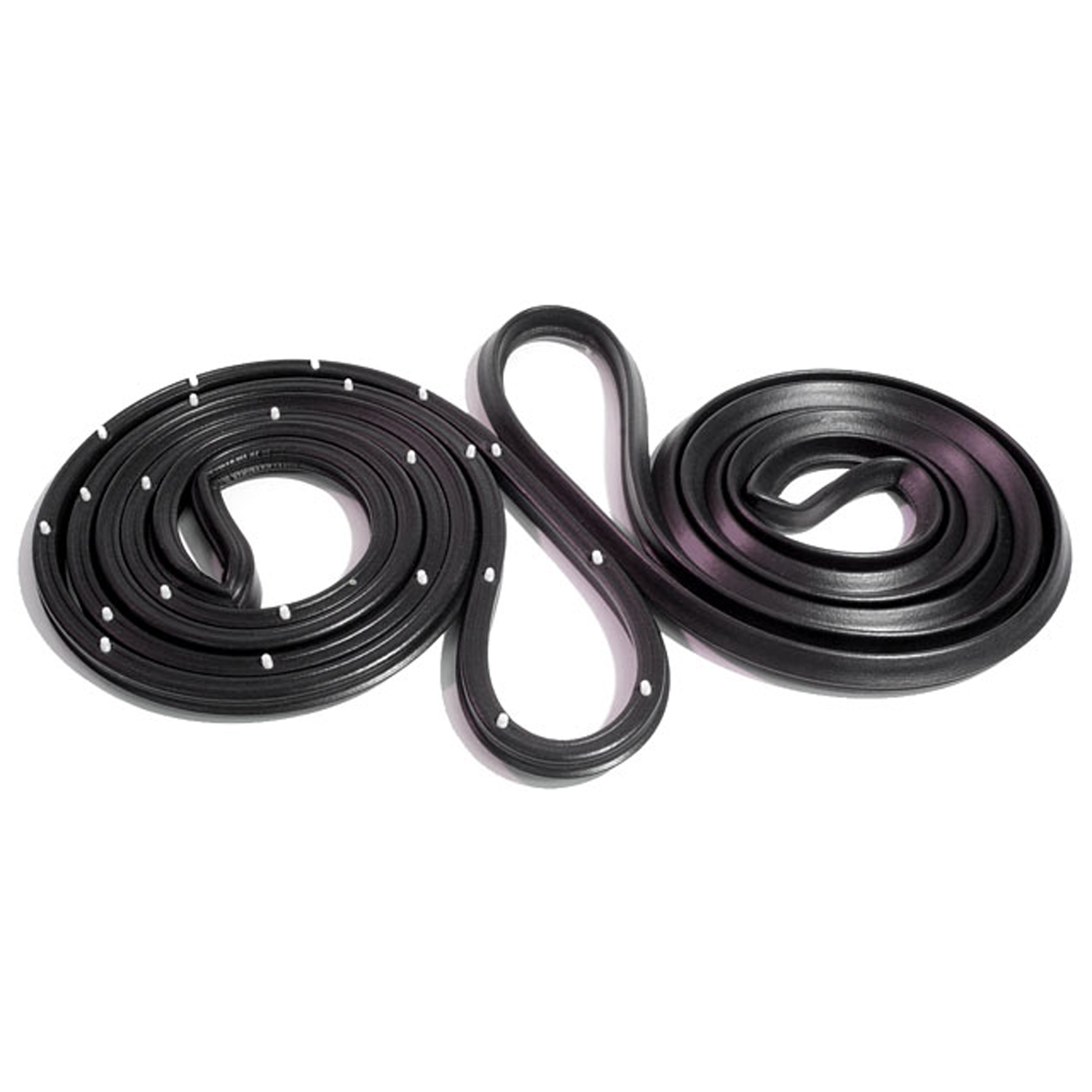 1977 Pontiac Phoenix Door Seals, with Clips and Molded Ends. For 2-Door Sedan-LM 20-ODoor Seals, with Clips and Molded Ends. For 2-Door Sedan. Pair R&L
1977 Pontiac Phoenix Door Seals, with Clips and Molded Ends. For 2-Door Sedan-LM 20-ODoor Seals, with Clips and Molded Ends. For 2-Door Sedan. Pair R&L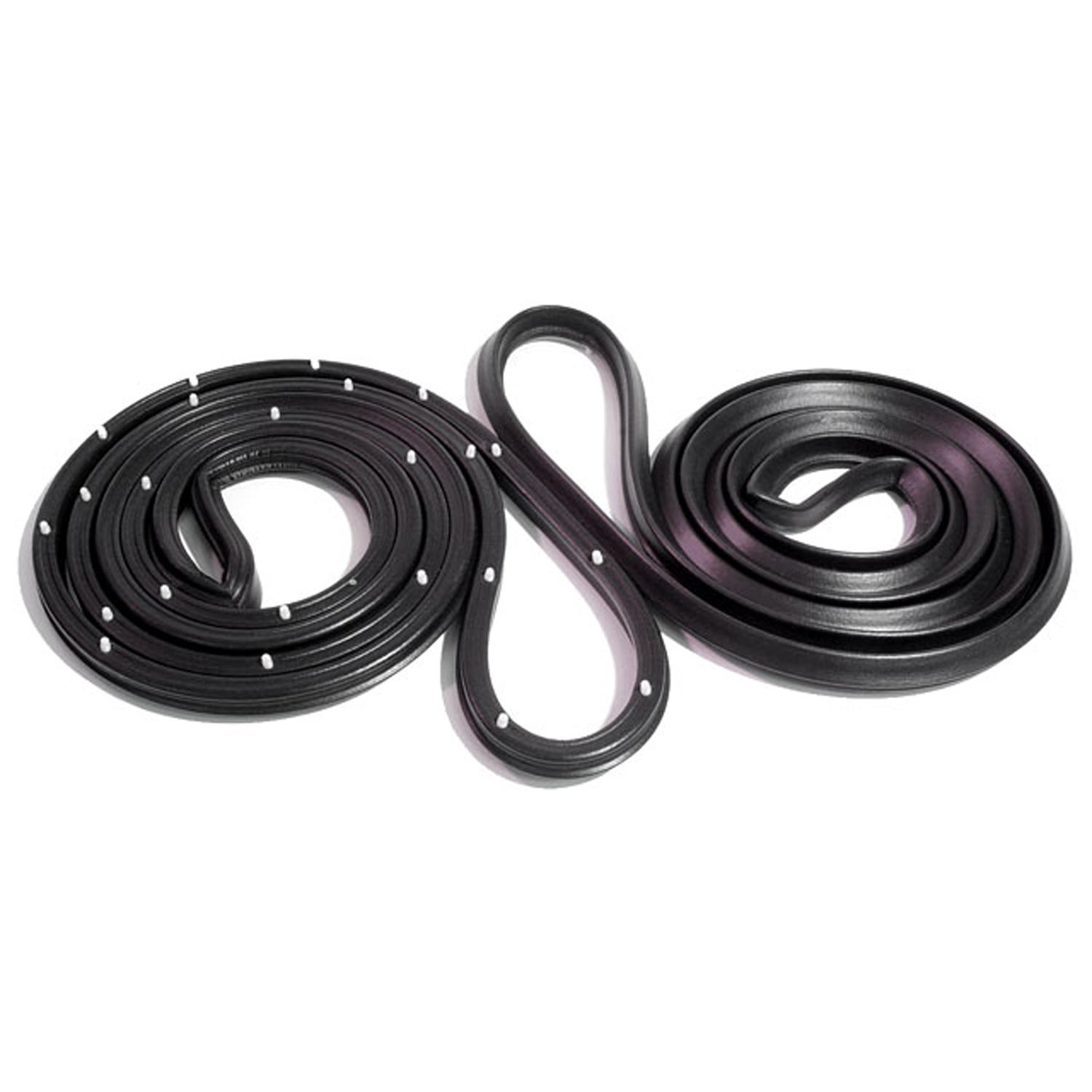 1977 Pontiac Phoenix Front Molded Door Seals with Clips. For 4-Door Sedan-LM 20-PFront Molded Door Seals with Clips. For 4-Door Sedan. Pair R&L
1977 Pontiac Phoenix Front Molded Door Seals with Clips. For 4-Door Sedan-LM 20-PFront Molded Door Seals with Clips. For 4-Door Sedan. Pair R&L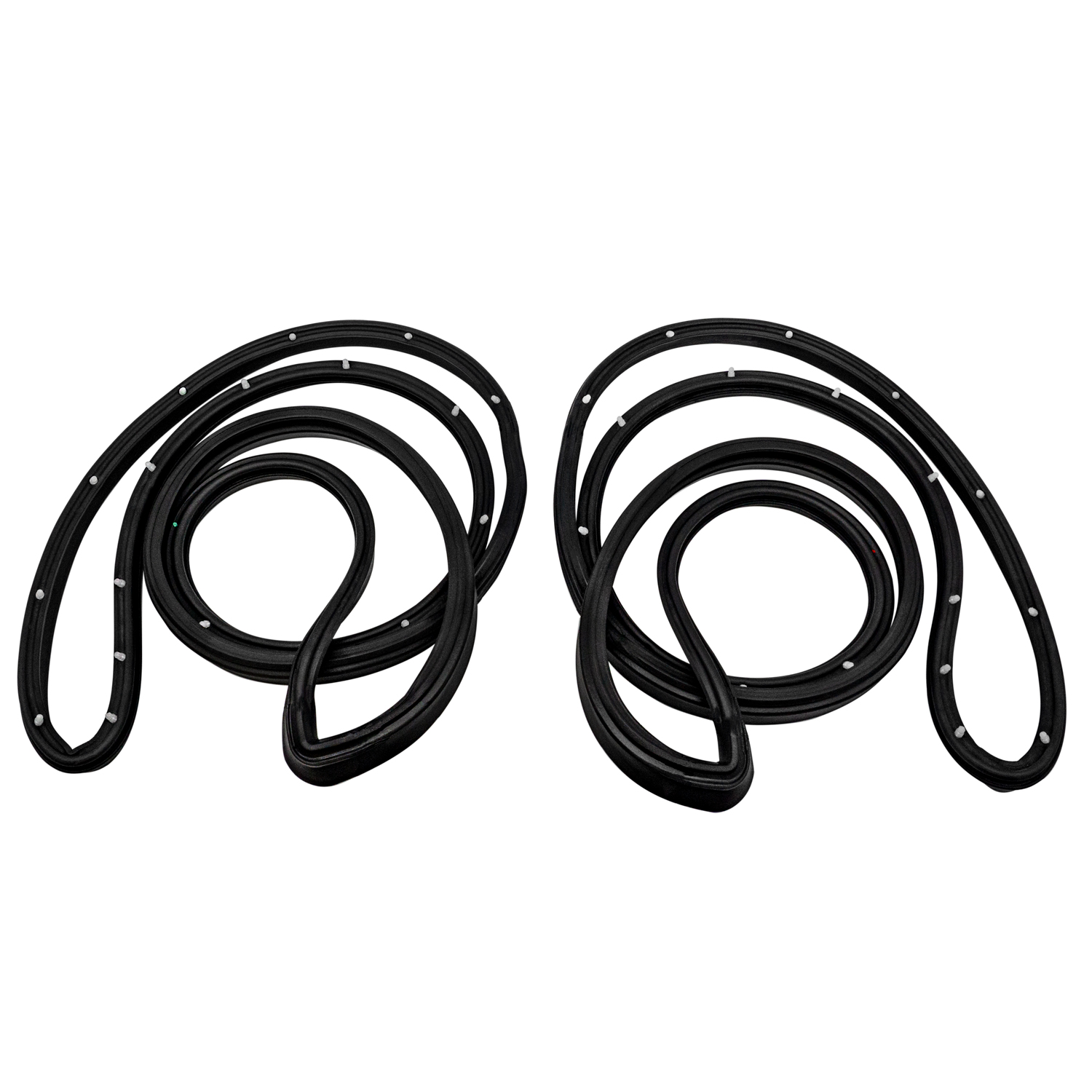 1977 Pontiac Phoenix Rear Molded Door Seals, with Clips. For 4-door sedan-LM 20-P/RRear Molded Door Seals, with Clips. For 4-door sedan. Pair R&L
1977 Pontiac Phoenix Rear Molded Door Seals, with Clips. For 4-door sedan-LM 20-P/RRear Molded Door Seals, with Clips. For 4-door sedan. Pair R&L 1977 Pontiac Phoenix Trunk Liner. Loose weave, jet black. 50" wide-M 30Trunk Liner. Loose weave, jet black. 50" wide. Sold by the foot
1977 Pontiac Phoenix Trunk Liner. Loose weave, jet black. 50" wide-M 30Trunk Liner. Loose weave, jet black. 50" wide. Sold by the foot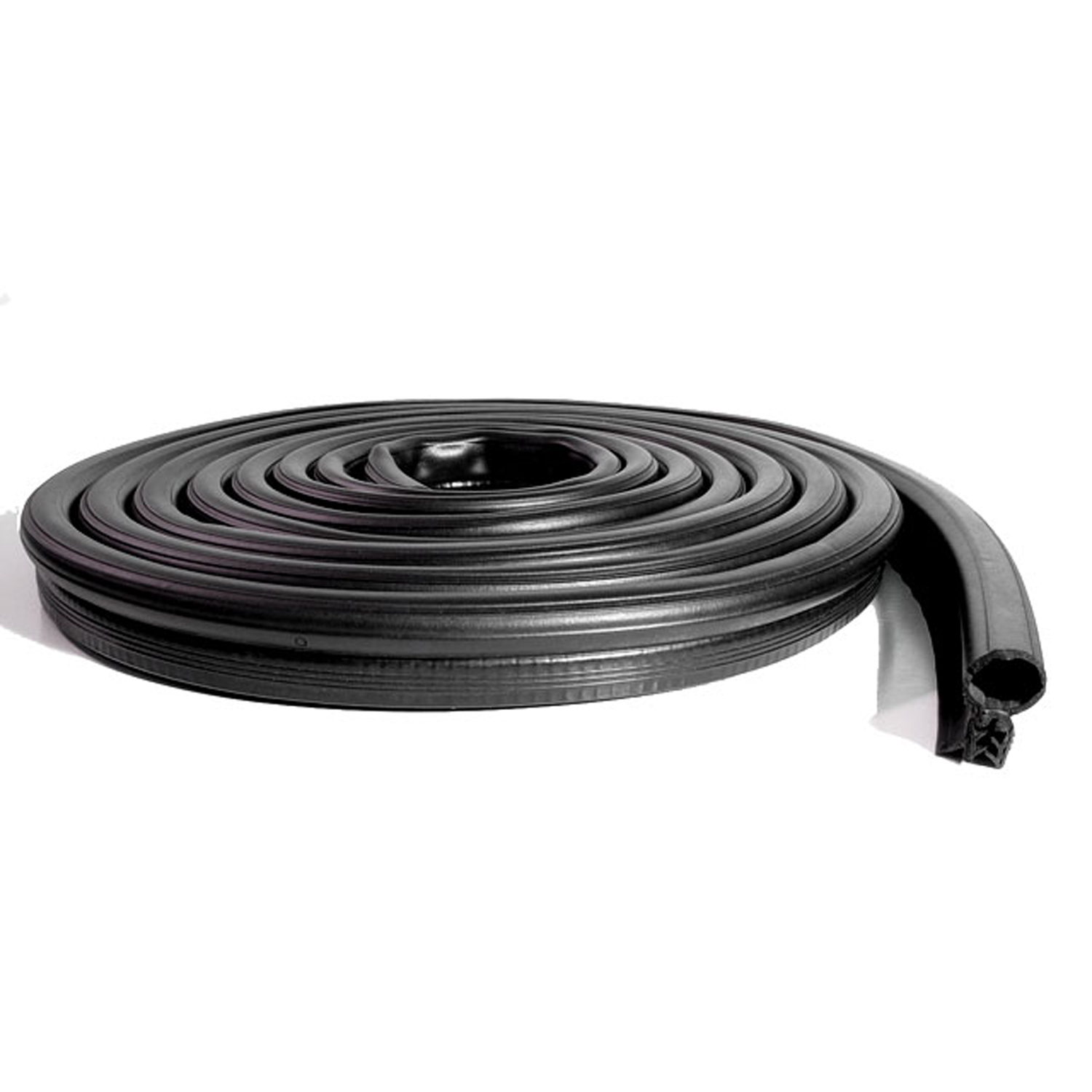 1977 Pontiac Phoenix Trunk seal-MW00101Trunk seal. Also replaces '75-'79 Buick Skylark hatchback seal. Made with steel cores. 1-3/8 in. x 3/4 in. x 17 ft. L. Each.
1977 Pontiac Phoenix Trunk seal-MW00101Trunk seal. Also replaces '75-'79 Buick Skylark hatchback seal. Made with steel cores. 1-3/8 in. x 3/4 in. x 17 ft. L. Each.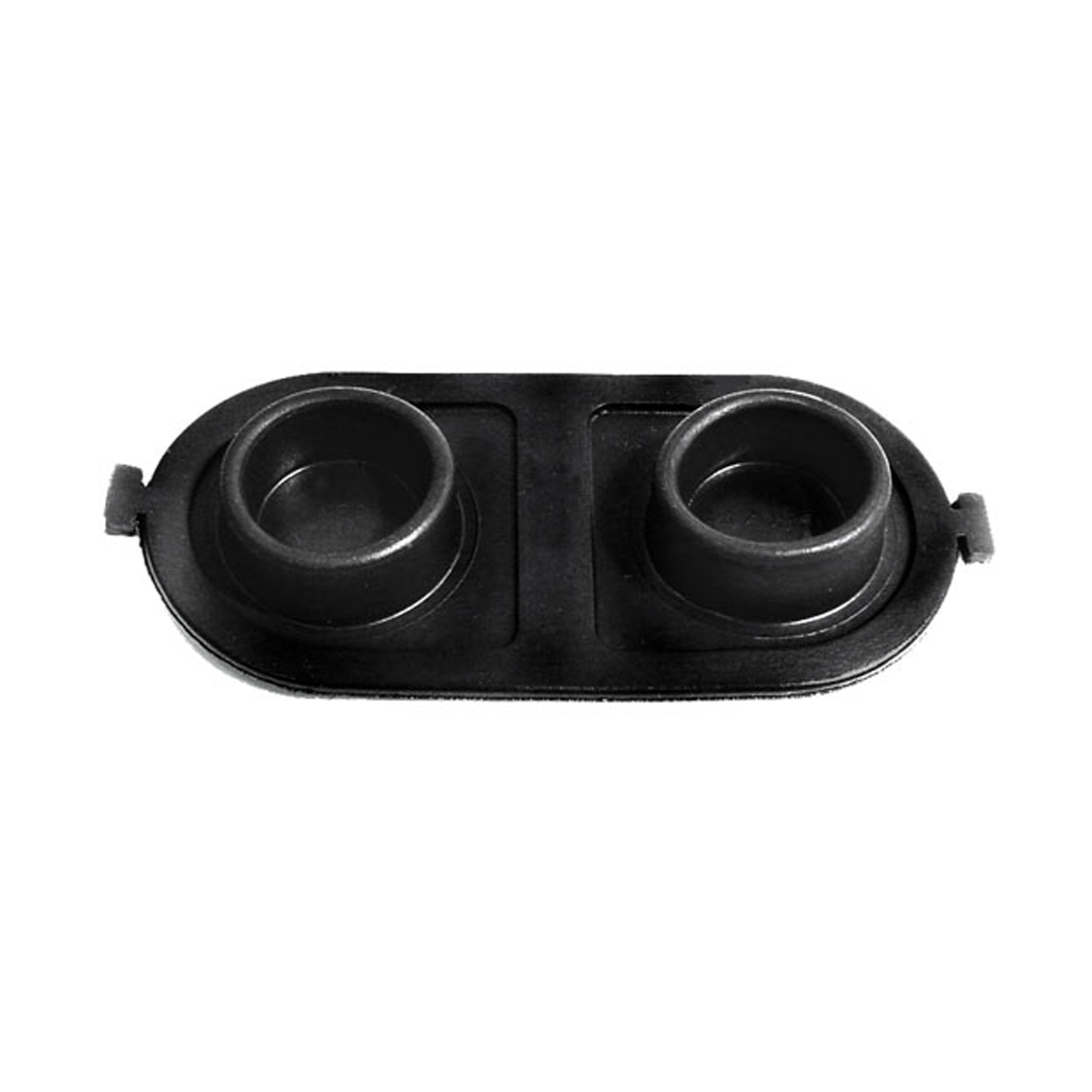 1977 Pontiac Phoenix Brake Master Cylinder Cover Seal. Replaces OEM #5470861-RP 2-EBrake Master Cylinder Cover Seal. Replaces OEM #5470861. 5" X 2-1/2". Each
1977 Pontiac Phoenix Brake Master Cylinder Cover Seal. Replaces OEM #5470861-RP 2-EBrake Master Cylinder Cover Seal. Replaces OEM #5470861. 5" X 2-1/2". Each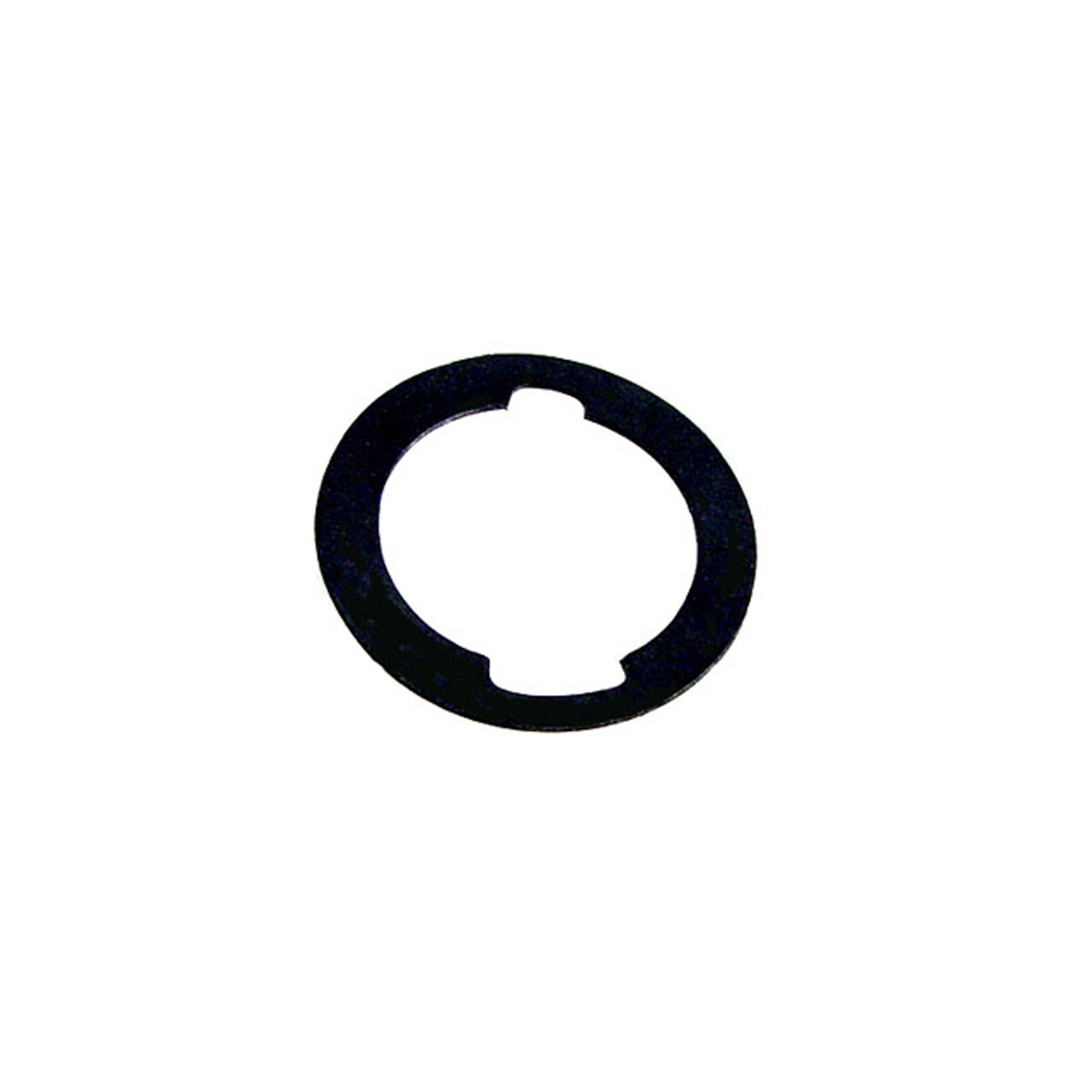 1977 Pontiac Phoenix Unbeaded Door and Trunk Lock Gasket. 1-3/16" O.D., 7/8" I.D-UM 1600-100Unbeaded Door and Trunk Lock Gasket. 1-3/16" O.D., 7/8" I.D. Each
1977 Pontiac Phoenix Unbeaded Door and Trunk Lock Gasket. 1-3/16" O.D., 7/8" I.D-UM 1600-100Unbeaded Door and Trunk Lock Gasket. 1-3/16" O.D., 7/8" I.D. Each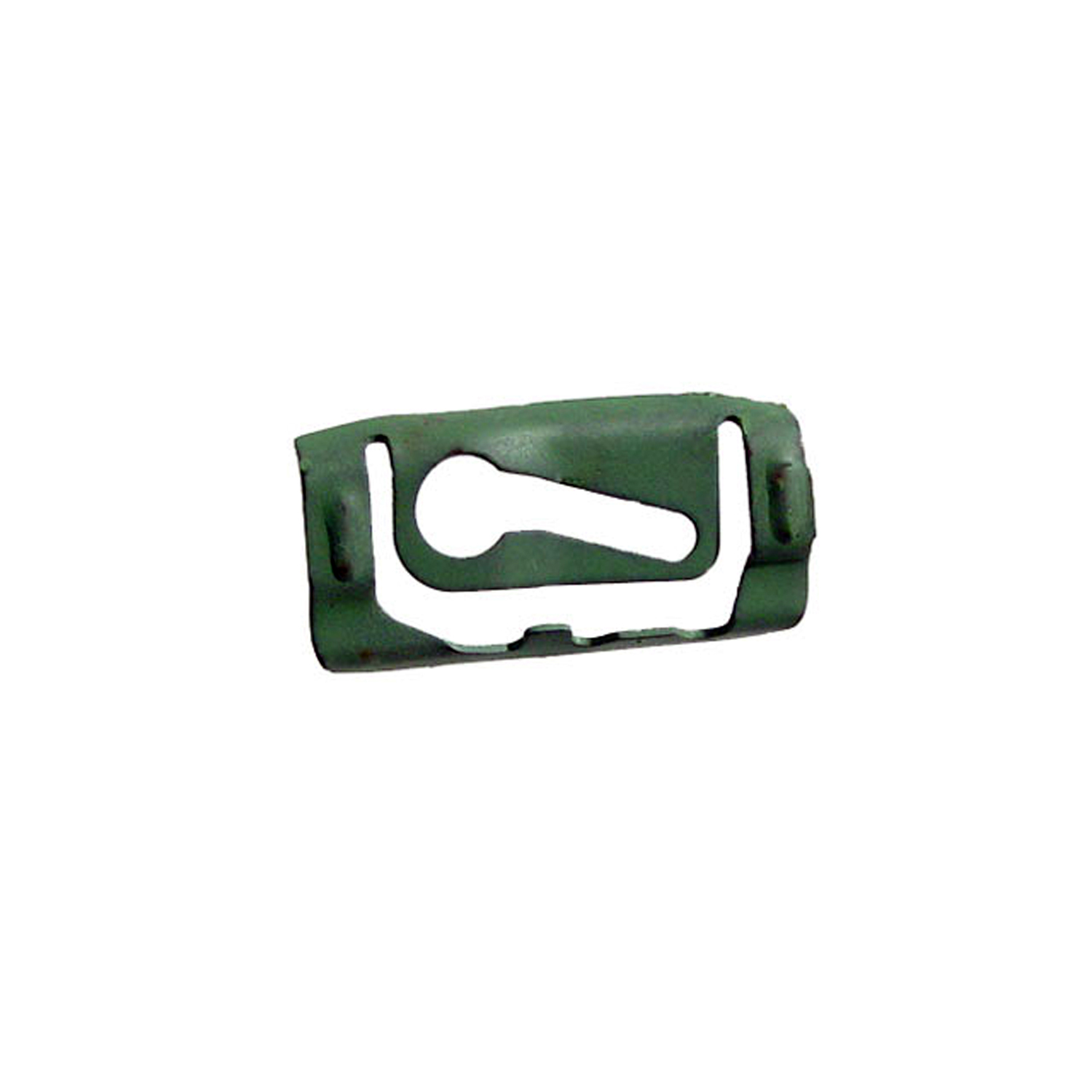 1977 Pontiac Phoenix Quarter Window Reveal Molding Clip. Made of Steel-WF 205Quarter Window Reveal Molding Clip. Made of Steel. 1-3/8" X 11/16". Each
1977 Pontiac Phoenix Quarter Window Reveal Molding Clip. Made of Steel-WF 205Quarter Window Reveal Molding Clip. Made of Steel. 1-3/8" X 11/16". Each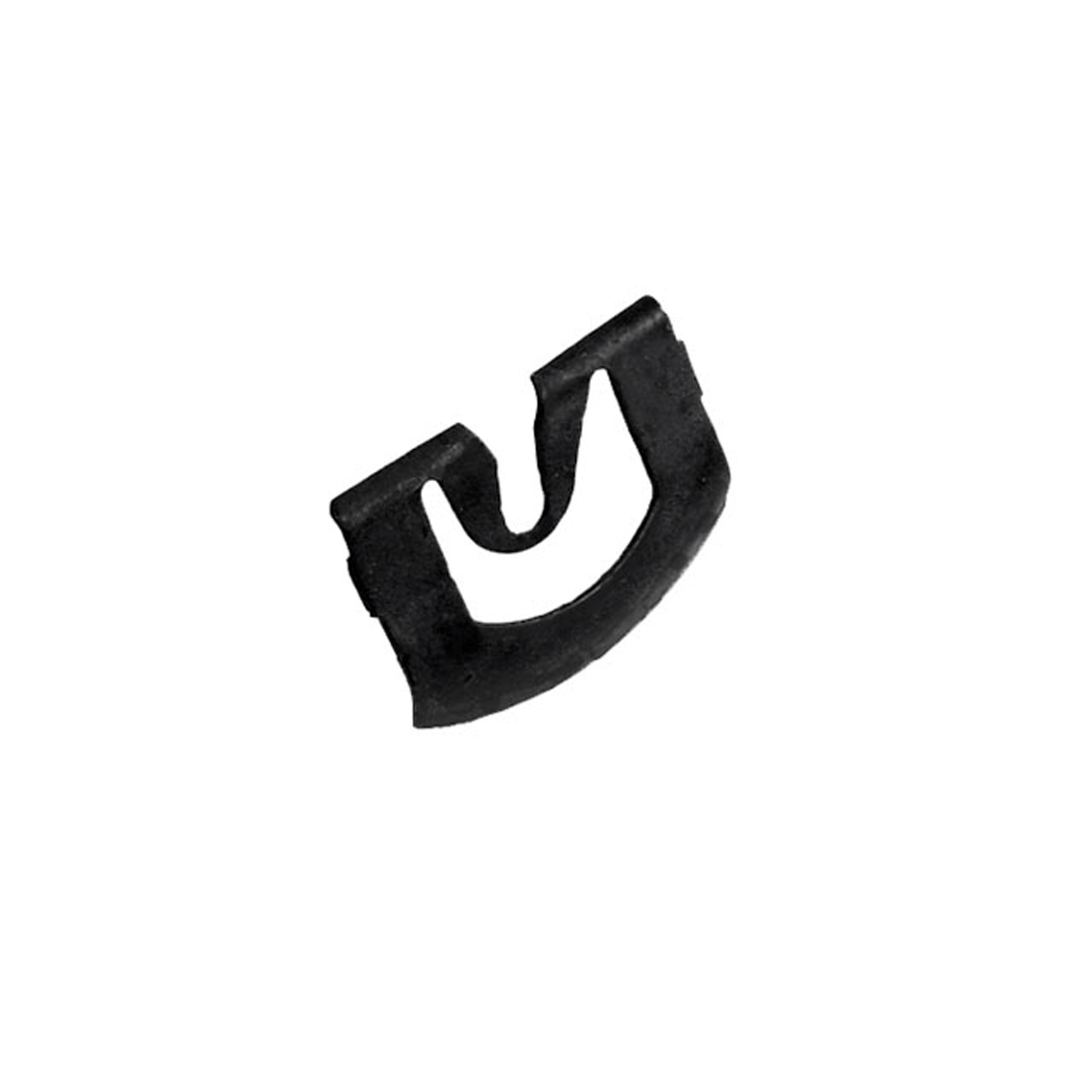 1977 Pontiac Phoenix Windshield Reveal Molding Clip. Made of steel. 13/16" x 1"-WF 209Windshield Reveal Molding Clip. Made of steel. 13/16" x 1". Each
1977 Pontiac Phoenix Windshield Reveal Molding Clip. Made of steel. 13/16" x 1"-WF 209Windshield Reveal Molding Clip. Made of steel. 13/16" x 1". Each 1977 Pontiac Phoenix Windshield Reveal Molding Clip. For models with vinyl top-WF 210Windshield Reveal Molding Clip. For models with vinyl top. 3/4" x 1-1/16". Each
1977 Pontiac Phoenix Windshield Reveal Molding Clip. For models with vinyl top-WF 210Windshield Reveal Molding Clip. For models with vinyl top. 3/4" x 1-1/16". Each 1977 Pontiac Phoenix Rear Windshield Reveal Molding Clip. Made of steel-WF 211Rear Windshield Reveal Molding Clip. Made of steel. 15/16" X 3/4". Each
1977 Pontiac Phoenix Rear Windshield Reveal Molding Clip. Made of steel-WF 211Rear Windshield Reveal Molding Clip. Made of steel. 15/16" X 3/4". Each 1977 Pontiac Phoenix Lower Side Window Reveal Molding Clip. Made of nylon-WF 214Lower Side Window Reveal Molding Clip. Made of nylon. 1-1/4" x 3/4". Each
1977 Pontiac Phoenix Lower Side Window Reveal Molding Clip. Made of nylon-WF 214Lower Side Window Reveal Molding Clip. Made of nylon. 1-1/4" x 3/4". Each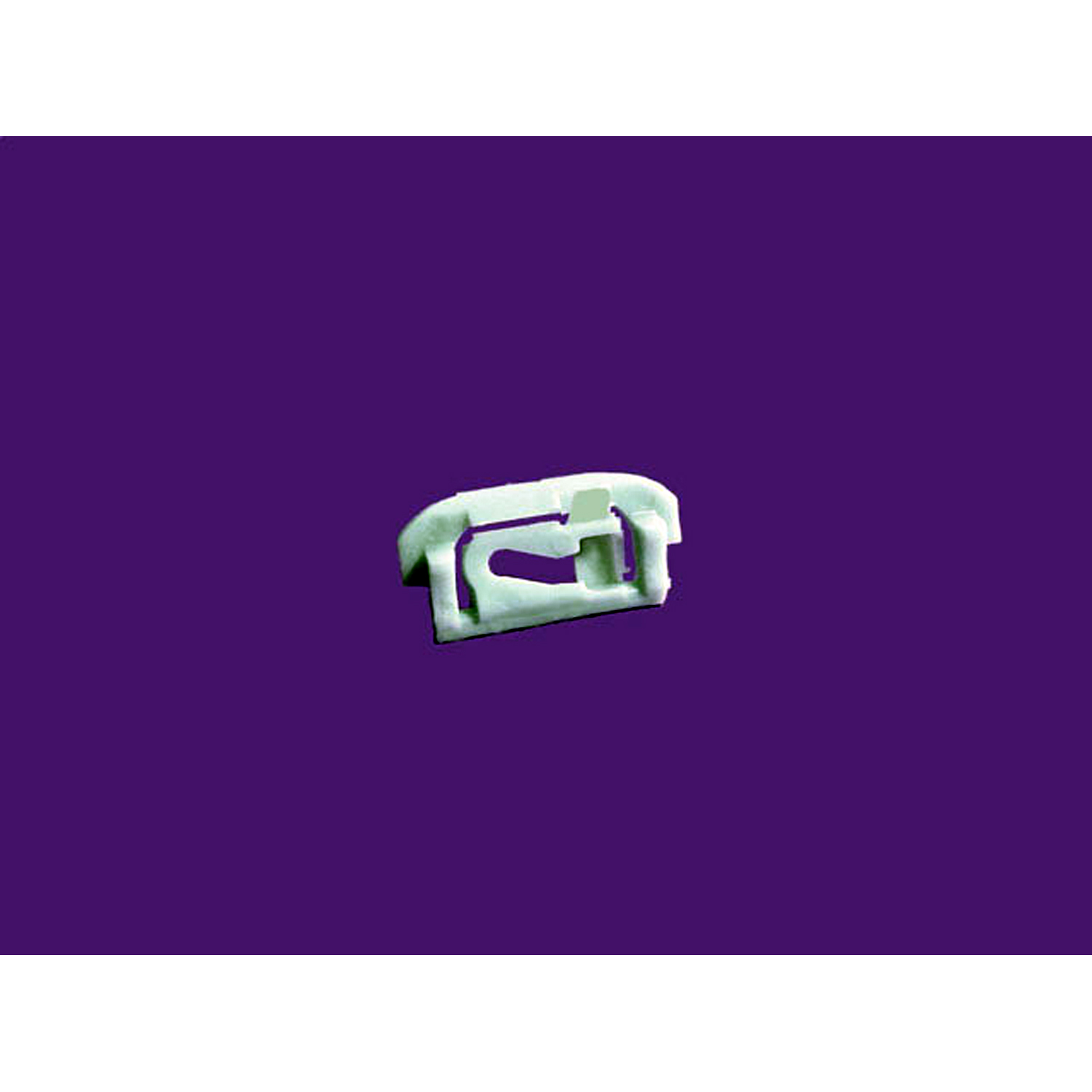 1977 Pontiac Phoenix Windshield and Rear Windshield Reveal Molding Clip-WF 215Windshield and Rear Windshield Reveal Molding Clip. Made of nylon. 1-1/4" X 5/8". Each
1977 Pontiac Phoenix Windshield and Rear Windshield Reveal Molding Clip-WF 215Windshield and Rear Windshield Reveal Molding Clip. Made of nylon. 1-1/4" X 5/8". Each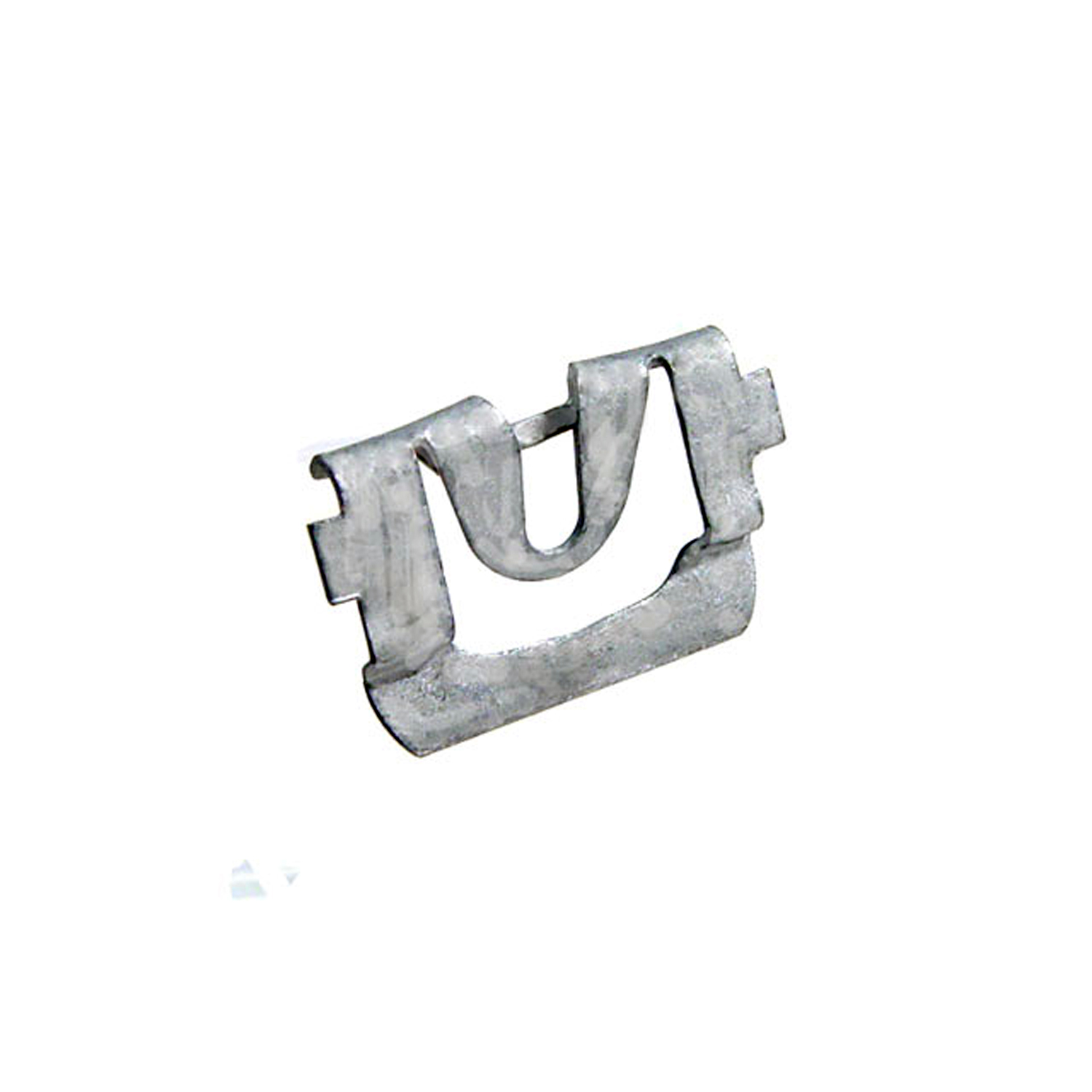 1977 Pontiac Phoenix Windshield Reveal Molding Clip. Made of steel-WF 223Windshield Reveal Molding Clip. Made of steel. 1/1/8" X 3/4". Each
1977 Pontiac Phoenix Windshield Reveal Molding Clip. Made of steel-WF 223Windshield Reveal Molding Clip. Made of steel. 1/1/8" X 3/4". Each 1977 Pontiac Phoenix Jack Handle Tie Down Nut. Replaces OEM #11502763. 8 mm-WF 3502Jack Handle Tie Down Nut. Replaces OEM #11502763. 8 mm. Each
1977 Pontiac Phoenix Jack Handle Tie Down Nut. Replaces OEM #11502763. 8 mm-WF 3502Jack Handle Tie Down Nut. Replaces OEM #11502763. 8 mm. EachWhy Choose Metro?
For over 100 years, Metro Moulded Parts has been the pinnacle of quality in classic car restoration parts. Our commitment to precision and authenticity in every component ensures a perfect fit and an OEM-level appearance.
- Expert Craftsmanship & Quality: Each part is a testament to our dedication to reliability and perfection, crafted from original designs and thoroughly tested.
- Advanced Technology: We use cutting-edge techniques to create flawless, long-lasting parts that surpass others in performance.
- SuperSoft Sponge – The Ultimate Door Seal: Not only are our door seals 30% softer than competitors', but they're also guaranteed to never leak. They effectively reduce wind and road noise, enhancing your classic car's comfort and driving experience.
- Proudly American: Our parts are a product of American craftsmanship, made in the USA with a spirit of excellence and heritage.
- Unrivaled Warranty: We back our products with a 30-year industry-leading warranty, a testament to our confidence in their quality.
Join us in preserving the legacy of classic cars with parts that are crafted for perfection, not just made.

